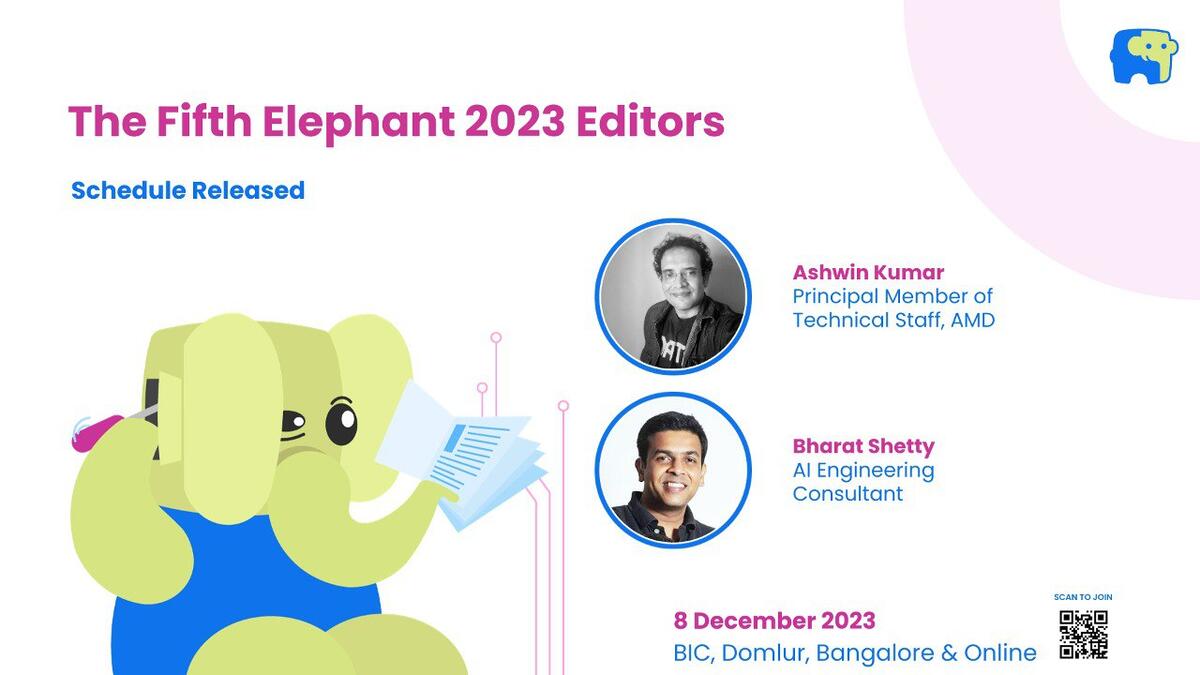
The Fifth Elephant 2023 Winter
On the engineering and business implications of AI & ML
Dec 2023
4 Mon
5 Tue
6 Wed
7 Thu
8 Fri 09:00 AM – 04:15 PM IST
9 Sat
10 Sun
Daood Shaheer
@daood
Submitted Sep 29, 2023
Ad serving refers to process of delivering online advertisements to users on a digital platform. It constitutes a crucial element in ad campaign management, as advertisers and platforms establish agreements regarding pricing and campaign behaviour. Consequently, optimizing under and over-delivery of ad impressions emerges as a critical concern for seamless and efficient delivery. Impression capping is a targeting option that limits how many times a user encounters a particular ad in each time frame. Conventional ad delivery systems only manage to achieve basic frequency capping (It is be defined as rendering only required number of impressions for the given duration of the campaign) wherein the impressions will always be lower than frequency cap but will not achieve the correct requirement of delivering the ‘X’ number of impressions. This leads to an inefficiency in the system wherein ad serving is unnecessarily trying to reach a wide audience of users whereas it did not need to do that.
Therefore, idea is to have models which accurately predict the number of impressions a user will view in each hour. Predicting user consumption patterns over time and directing campaigns towards user cohorts based on their consumption behaviours, it becomes possible to align with specific delivery objectives (Number of ad impressions, clicks, etc delivered over the entire campaign duration) which helps in reducing delivery variances.
Daood Shaheer, Data Scientist (Glance)
Hosted by
Supported by
Sponsor
{{ gettext('Login to leave a comment') }}
{{ gettext('Post a comment…') }}{{ errorMsg }}
{{ gettext('No comments posted yet') }}